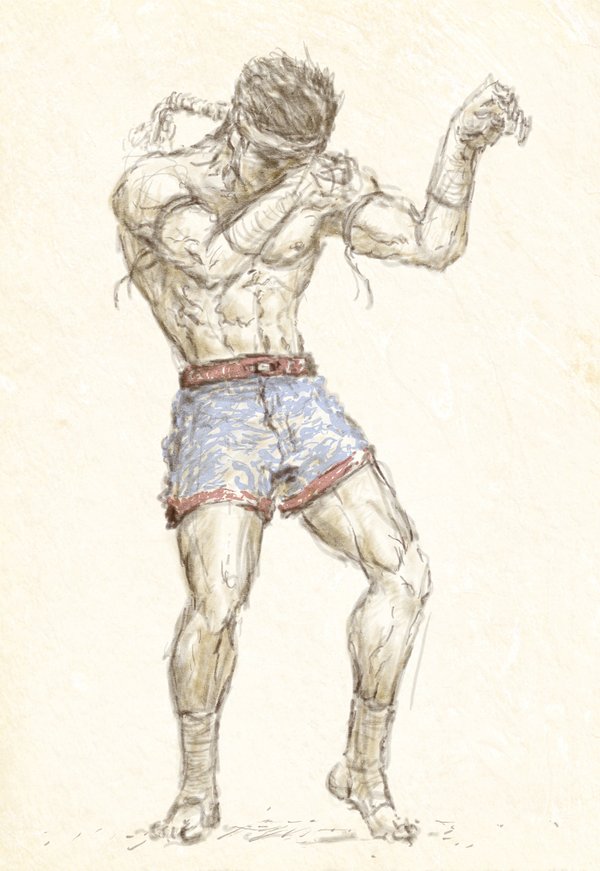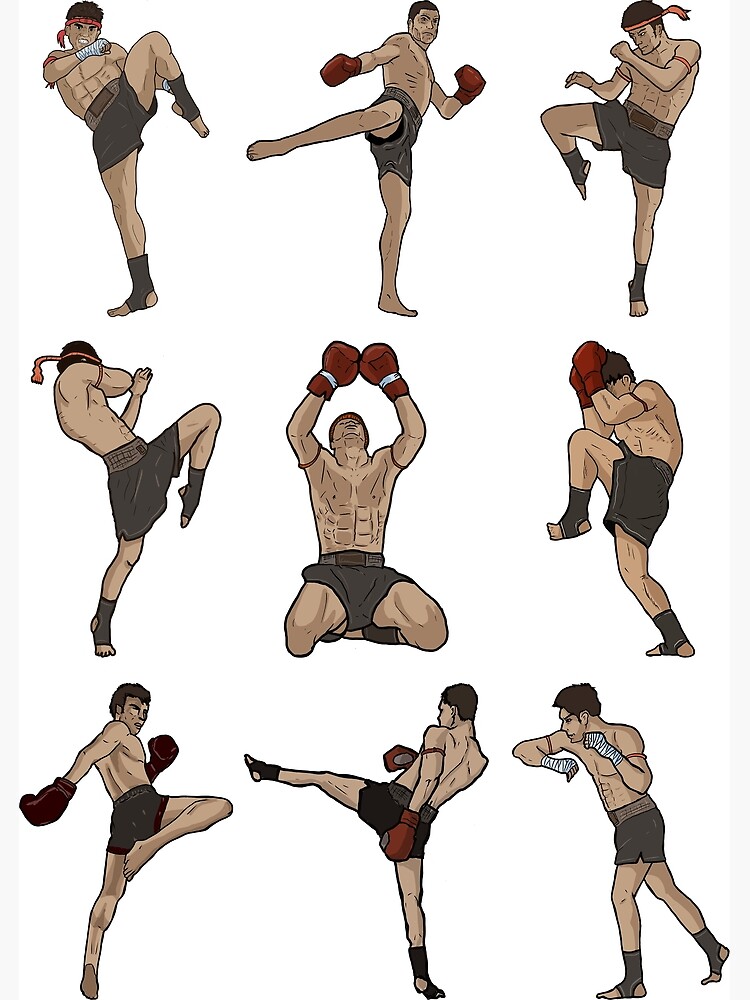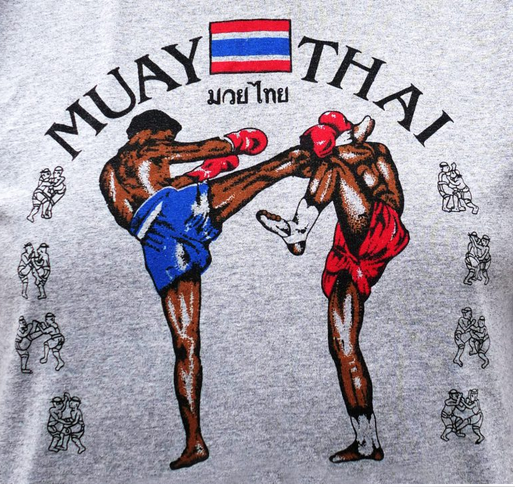The Art of Eight Limbs
What is Thai Boxing?
5/1/20242 min read


Thai kickboxing, also known as Muay Thai, is a striking martial art that originated in Thailand. It is often referred to as "The Art of Eight Limbs," because it makes use of punches, kicks, elbows, and knee strikes, thus using eight "points of contact," as opposed to "two points" (fists) in Western boxing and "four points" (hands and feet) used in kickboxing martial arts. Here are the basic principles of Muay Thai broken down:
Stance and Movement: The Muay Thai stance is more upright than that seen in Western boxing, which allows for effective use of kicks, knees, and elbows. The stance facilitates mobility and readiness to deploy any of the eight limbs. Movement within this stance is crucial; fighters must move fluidly to maintain balance and readiness to either attack or defend.
Use of Eight Limbs:
Punches: Similar to boxing, but may include more looping shots like overhands and undercuts to navigate the opponent's guard.
Kicks: Powerful roundhouse kicks are common, targeting the opponent's legs, body, or head. Teep (push kick) is used for defense and to maintain distance.
Elbows: Used in close combat, elbows are effective for cutting the opponent's skin between the bones, causing significant damage or knockouts.
Knees: Delivered from close range, knees can be devastating, especially when clinched.
Clinch: The clinch is used to control the opponent’s body in close quarters, setting up knees, elbows, or even sweeps. In the clinch, fighters seek to dominate their opponent's posture by controlling their head and neck or body, making it easier to land strikes effectively.
Defense: Defense in Muay Thai includes blocking with forearms, avoiding strikes by moving or parrying, and using the shin to block kicks. Good defensive skills are essential to prevent injury and to set up counter-attacks.
Rhythm and Timing: Muay Thai fighters often use a rhythmical motion, swaying their arms and bouncing on their toes to confuse opponents and disguise the timing of their strikes, making their attacks less predictable.
Physical Conditioning: Muay Thai training emphasizes conditioning to enhance strength, speed, and endurance. Training sessions often include rope jumping, running, shadowboxing, and heavy bag work to improve cardiovascular endurance and power.
Imagine Muay Thai as a complex dance. Just as a dancer uses every part of their body to express and perform, a Muay Thai fighter uses every part of their body to fight. Each limb plays a specific role, akin to how a musician might use different instruments in an orchestra to create a symphony of movements that are both defensive and offensive.




Contact
Reach Eric at ericthered@tarheelfightclub.com
